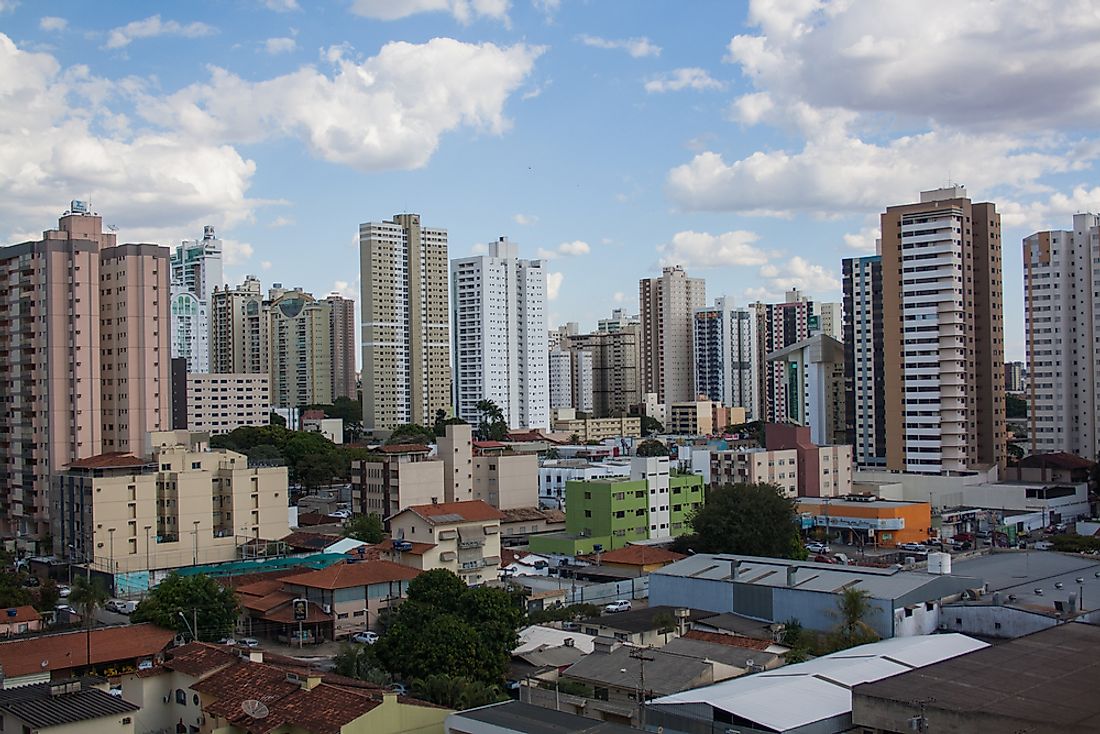What Was the Goiânia Accident?

The Goiania accident was a radioactive accident that happened at Goiania, the capital of Goiás state in Brazil. The Goiania accident took place on September 13th, 1987. Four lives were lost in the incident and thousands of people needed to be examined for radioactive contamination. The incident is considered to be among the worst nuclear disasters to have happened.
Events Leading Up to the Accident
In 1985, the Institute Goiano de Radioterapia (IGR) shifted their primary location, leaving behind a teletherapy unit in the abandoned building. In 1987, one of the owners of the IGR attempted to remove some of the objects that had been left in this site; however, he was blocked by police officers. The director of Ipasago, Saura Taniguti, used police force to block Carlos Bezerra from removing any objects that had been left behind in the building. After this incident, the law court issued security guards to protect this site. During this period, the IGR owners wrote numerous letters addressed to the National Nuclear Energy Commission requesting them permission to remove the teletherapy unit due to the dangers that this object pose.
On September 13, 1987, no guards were protecting the site where the teletherapy unit had been left. Roberto dos Santos and Wagner Mota, men who were searching for scrap metal to sell, took advantage of the situation and managed to gain access into the premises. They disassembled the unit and carried it home, thinking that it was a valuable object. The dissembling of the machine was the beginning of the accident since that was when radiation was released.
Effects of the Goiania Accident
The Goiania accident claimed at least four lives and affected many others. These incidents led to flooding of many people into nearby hospitals. After analysis, 249 people were proved to have been carrying extremely high levels of radioactive material. From this group, 129 people were identified to have internal contamination. Majority of the people who had consumed more radiation were at a higher risk of suffering developing cancer.
The Federal Court of Goiania blamed the National Nuclear Energy Commission for not taking the necessary measures to prevent the occurrence of the accident. Due to this mistake, the National Nuclear Energy was ordered by the Federal Court of Goiania to compensate all the victims of the Genoa accident.
After this accident, there was a need to conduct an extensive cleanup to avoid further spread of the radiation. Apart from removing topsoil from various sites that had been infected, houses were also demolished, and all the items within the houses examined for any form of radioactivity. In some of the houses, the houses were emptied and all the items tested for any form of radioactivity. Those items that had no radioactivity were wrapped in polythene bags while those that had been infected were disposed or decontaminated depending on the level of contamination. Scientists believe that even after the cleanup had been done, more than 7 TBq of radioactivity was not eliminated.







